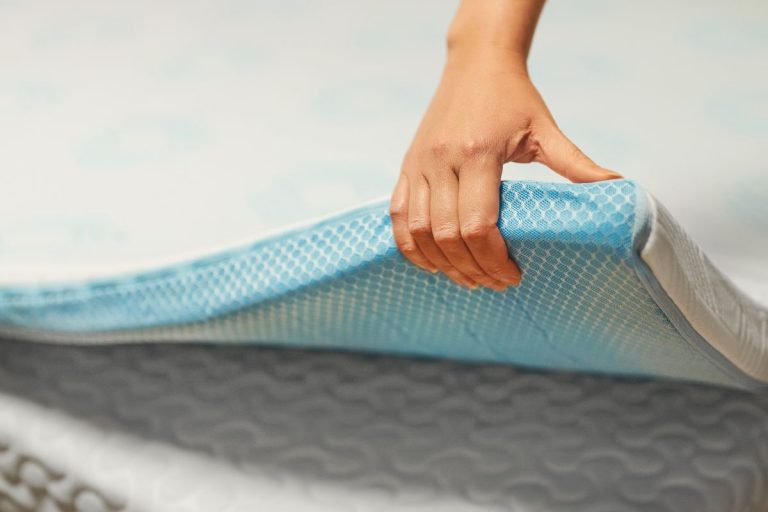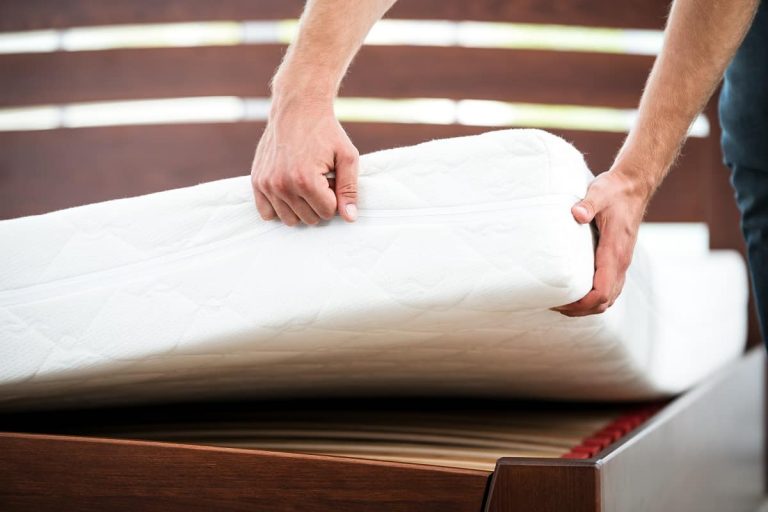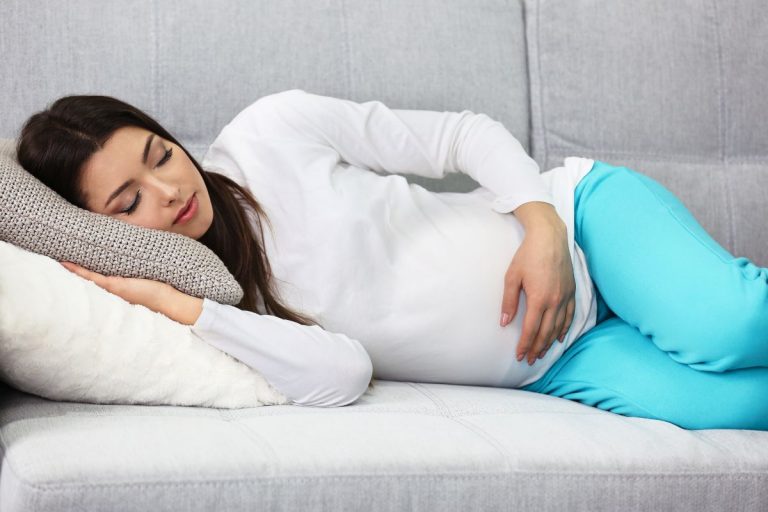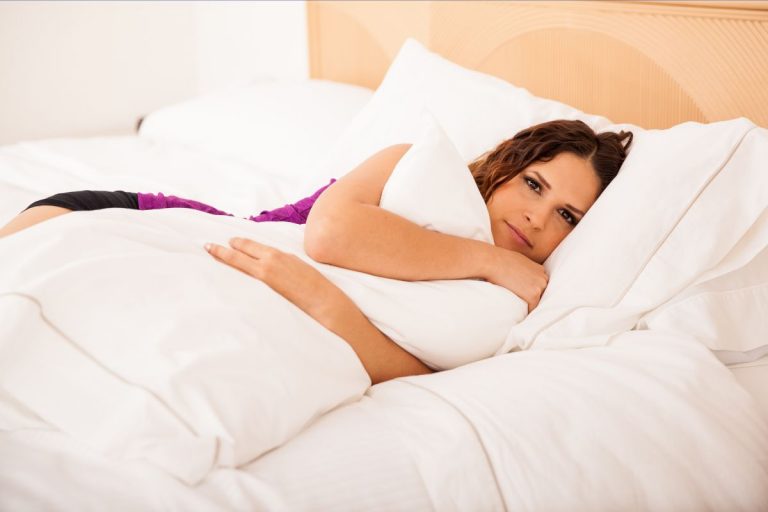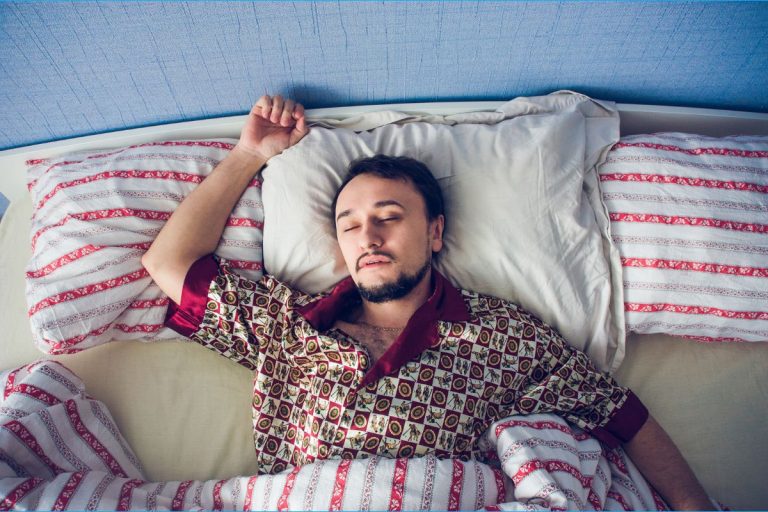Obstructive sleep apnea is a serious disease and sleep disorder. It causes you to experience snoring during sleep, as well as breathing difficulties and other accompanying effects, like gasping for air, the feeling of choking, nasal and throat congestion, etc. In some cases, OSA can even lead to cardiovascular and respiratory complications. Luckily, there is a treatment option for OSA patients that has an excellent efficiency rate; CPAP therapy.
CPAP, or continuous positive airway pressure, is a device that ensures OSA patients sleep undisturbed during the night. The device provides air to the patient and makes sure the patient doesn’t stop breathing, which is a common occurrence in OSA. But, when a patient receives a CPAP device, they also receive the recommended pressure settings at which they should use their CPAP. But how does a patient know which pressure rate is suitable for them? Well, that is why we’re here; in the following paragraphs, we’ll take a look at what your CPAP pressure should be, and whether you should fix it.
CPAP Pressure Overview
How Does The Pressure Work?
The CPAP machine is designed to treat the phenomenon that occurs during obstructive sleep apnea. The phenomenon refers to the reduction of the so-called apneas or hypopneas. Apneas mean there is a cessation of breathing, while hypopneas refer to abnormally shallow breathing and low respiratory rate. The device is created to provide unobstructed sleep and reduce the occurrences of breathing cessation and low respiratory rate.
This can be only done through the air pressure system; this means that there is a flow of air that comes from the device, through the mask to the patient’s mouth and nose, and eventually the respiratory system. Air pressure usually results in cessation of snoring, cessation of breathing difficulties, and generally improves sleep quality.
How Is the Pressure Determined?
Every CPAP machine blows air at a certain, prescribed pressure, also known as titrated pressure. This pressure rate is determined by a doctor, who is following a patient’s sleep apnea development and accompanying concerns and conditions. The pressure is generally determined after the doctor conducts an overnight study (also known as polysomnography) of the patient’s breathing pattern as well as the occurrence of apneas and hypopneas. Then, according to the results, the patient is prescribed a CPAP device as well as the pressure settings that would be most suitable for them.
There are cases where instead of polysomnography, doctors use the CPAP prediction formula where respiratory disturbances, saturation, and oxygen desaturation are measured in a patient. The CPAP prediction formula is mainly used because it is a much cheaper way to determine the patient’s CPAP pressure, especially in resource-limited facilities.
Note: The titrated pressure is the pressure of air at which apneas and hypopneas have been prevented from occurring. The pressure is measured in centimeters of water (cmH2O). A typical sleep apnea patient has titrated pressure between 6 and 14 cmH2O, while a standard CPAP device delivers pressure between 4 and 20 cmH2O. Some more specialized units can deliver pressure up to 25 or 30 cmH20. The average CPAP device pressure for most sleep apnea patients is between 6 and 14 cmH2O.
How Do Other PAP Machines Work?
- APAP – the APA, or automatic positive airway pressure device determines the pressure automatically by measuring the resistance in the patient’s breathing. This means that, unlike CPAP devices, APAP devices provide pressure that is required at a moment, without the need for compromised or fixed pressure that is prescribed by the doctor.
- BPAP – VPAP or BPAP devices provide two levels of pressure; IPAP or inspiratory positive airway pressure, and EPAP or expiratory positive airway pressure. The device also has several modes in accordance to the patient’s inspiratory and expiratory efforts; spontaneous mode (triggered by changes in inspiratory effort), timed mode (triggered by the machine), and spontaneous/timed mode, which is a backup rate to ensure the patient doesn’t stop breathing spontaneously.
- EPAP – nasal EPAP, or nasal expiratory positive airway pressure devices are used for OSA and snoring. The way the EPAP works is not clear, but it is believed to be related to the resistance of nasal exhalation, the buildup of CO2, and the eventual increase in respiratory drive.
More: BiPAP Vs. CPAP Vs. APAP: Which PAP Machine Is The Best For You?
So, What Should My CPAP Pressure Be?
If we take into consideration the previous paragraphs, we can conclude that one as a sleep apnea patient cannot determine their CPAP pressure on their own. The pressure has to be determined by a physician or sleep professional, who will prescribe you with a CPAP device as well as the fixed pressure for the therapy you require.
A sleep professional, for example, will determine the pressure for your CPAP therapy using the AHI, or the apnea-hypopnea index. This index indicates how many times apneas and hypopneas occur in your sleep, or how many times do you stop breathing throughout the night, per each hour.
Apneas and hypopneas are interruptions of sleep, so if they occur more than 5 times in an hour during the night, you require a CPAP device and therapy. To have 5 sleep interruptions per hour means you have mild OSA; in severe OSA cases there occur more than 30 sleep interruptions per hour.
So, the more your apnea-hypopnea index changes or increases, the higher the pressure setting will be on your CPAP device. Nevertheless, this isn’t something you can do on your own; the setting can only be checked and changed by your doctor or specialist.
Note: Please note that you CAN’T change the pressure settings on your CPAP device. By doing this you can cause the pressure to be too high or too low, which can be harmful to your health. Instead, your doctor or specialist are supposed to prescribe the pressure setting for your CPAP. They will determine the AHI levels for you and determine the proper pressure.
How Do I Know The CPAP Pressure Is Not Right For Me?
The Pressure Is Too Low
If you experience breathing difficulties throughout the night, even when receiving CPAP therapy, this can be a sign of a potential problem. Such occurrences usually indicate that the CPAP pressure you’re receiving is too low. Some of the signs that the CPAP pressure is too low for you are;
- Continuous breathing difficulties
- Poor sleep and daytime sleepiness
- Daytime fatigue and frequent yawning
- Continuous snoring issues (especially loud snoring)
- Air swallowing due to gasping for air (results in bloating, abdominal discomfort, gas, etc.)
Receiving CPAP therapy with the pressure that is too low can be rather dangerous. This means that your body isn’t receiving enough oxygen, which can leave you air-deprived, fatigued, tired, irritable, and you might have a hard time concentrating due to daytime sleepiness. It is essential you address this issue with your doctor or sleep specialist so that they can adjust the pressure setting of your CPAP device.
The Pressure Is Too High
If you’re getting inadequate sleeping and experiencing discomfort in your nose, mouth, throat, and airways in general, you might be receiving therapy with the pressure being too high. Some signs that the CPAP pressure is too high for you are;
- Burning sensation in nose and throat
- Hearing issues due to excess air in ears
- Fluid leaking out of ears
- Fatigue and daytime sleepiness
- Discomfort during the therapy
- Air swallowing due to excess air
- Mask leakage
- Dry mouth and nose
Just like when the pressure is too low, CPAP therapy when the pressure is too high can be equally dangerous. If you experience any of the aforementioned symptoms, make sure to contact your doctor or specialist and address these issues. The doctor should be able to determine the proper pressure for future therapies.
The Issue Of Adjusting The Pressure Yourself
Lately, there has been an extensive discussion regarding whether OSA patients should be allowed to adjust the CPAP pressure levels themselves. There are numerous sleep apnea empowering sites online that promote ‘patient empowerment’. This empowerment movement suggests that sleep apnea patients know the best what CPAP pressure suits them and that they should be able to adjust the pressure on their own.
Sleep apnea empowerment sites advise that sleep apnea patients change their CPAP pressure in small increments, taking note of how they feel after each change. According to these sites, common sense and an idea of what feels the best is what it takes for a sleep apnea patient to change and find their pressure levels.
So, Should You Change The CPAP Pressure Yourself?
We firmly advise sleep apnea patients not to change the CPAP pressure themselves. As mentioned before, this can lead to the pressure going too high or too low, causing incredible danger to the health. Doctors and specialists are trained and educated on this subject, and they know how to determine which pressure suits your therapy needs the best. So, instead of changing the pressure on your own, make sure to contact your doctor and consult regarding pressure change. You will receive a pressure prescription and possible setting change, which is more reliable than you changing the settings on your own.
Final Words
So, we can’t say directly what your CPAP pressure should be nor how you can change it. If this is the subject of your concern, it is essential you talk about it with your doctor or a sleep specialist. Adjusting the pressure and the setting is serious work, and it can only be done by trained and educated medical professionals. So, if you want to know what your CPAP pressure should be, make sure to contact your doctor and discuss this subject in more detail. We wish you good luck and may you find the perfect pressure level!
